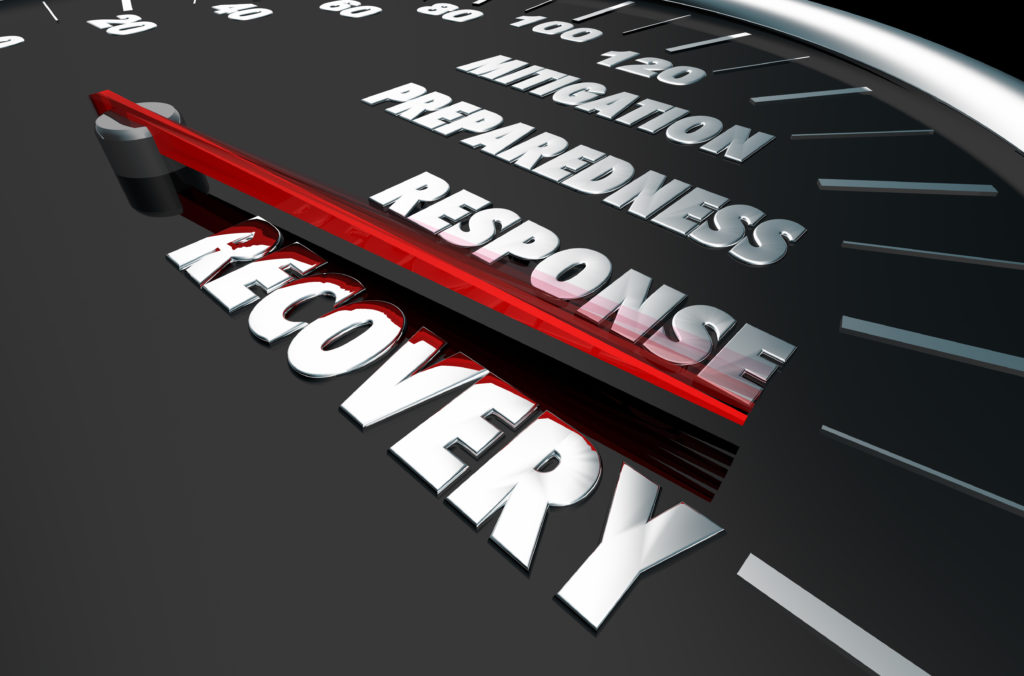
In all likelihood, 2020 will be remembered most for the COVID-19 pandemic. However, the year also brought wildfires, floods, and storms. Even though most healthcare organizations had emergency response plans in place, many were stretched to their limits. As a result, we anticipate that these organizations will revisit their plans this year based on lessons learned in 2020.
Flexibility plays a key role in the agility of an emergency response plan. Operations, sourcing arrangements, and facilities can improve disaster response when planned with an eye toward flexibility. But first, let’s review what an emergency response plan entails.
Basics of Emergency Response
In early 2019, Healthcare Design Magazine published a special report titled “When Disaster Strikes.” The report was an exploration on designing for resiliency and disaster preparedness. One of the articles included in the special report is about creating an emergency plan (When Disaster Strikes: Creating An Emergency Plan). It lists some emergency response concerns that can be addressed in the design process.
- Identify options to quickly expand capacity, both inpatient and ED. Utility access (med gases, water, electrical) should be considered.
- Assess space needed for mass decontamination areas adjacent to the exterior of the ED.
- Keep proximity in mind when determining alternative sites to minimize patient transport time. For example, time from a field hospital to surgery.
- Anticipate the domino effect of a mass event on the entire hospital, especially ancillary services such as pharmacy and lab.
- Allocate spaces to support nonclinical crisis management operations, such as an incident command center.
In their various training and guide documents, FEMA breaks down emergency management into four phases:
- Mitigation – preventing future emergencies and/or minimizing their effects.
- Preparedness – proactively planning for disasters before they happen.
- Response – the course of action taken in an emergency.
- Recovery – returning to normal operation following emergency response.
Planning for Disasters
Hospitals and other medical buildings are sized by metrics. Studies are conducted and functional programs determined based on population, demographics, and expected census before a site is even selected. These studies determine how many exam rooms, inpatient beds, or ORs are needed. However, disasters do not follow the standard statistics. Without careful consideration, a facility designed for a specific population may not be able to accommodate a disaster response.
Although usually discussed in relation to future growth or seasonal needs (flu season), flexible design can help bridge the gap. This flexibility can take many forms. In “FLeXX: A Study of Flexibility in Outpatient Settings,” Cadre Research breaks flexibility down into 5 attributes. These are Versatility, Modifiability, Convertibility, Scalability, and Fluidity. Melody Vandivere discussed these attributes in relation to equipment planning in an article in 2019. Cadre Research also released a new study in 2020. “FleXX: A Study of Flexibility (Contagion Special Edition)” is an exploration of the flexibility and flow needs common to a pandemic. Although pandemic-specific, this study shows the impact flexible design can have on emergency response.
To Be Continued…
Flexible design can influence each of the emergency management phases and is a vital component of an effective emergency response plan. Our team engages in various capacities to assist clients in each phase of planning. Stay tuned for upcoming blog posts discussing Maia Consulting’s role in building a strong emergency response plan.